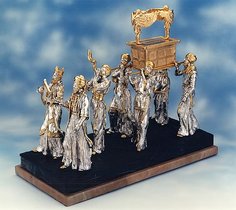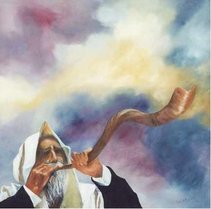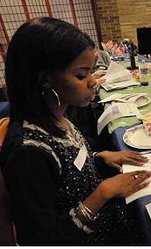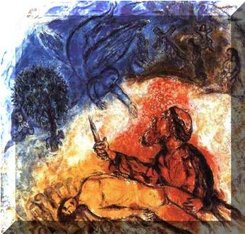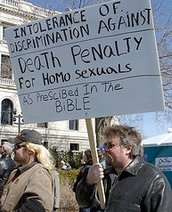Shabbat: Parsha Naso
Shabbat Shalom, Chag Shavuot Tov, and Welcome to Judeo Talk. The Torah portion for this week is Parsha Naso, Numbers 4:21-7:89.
Naso picks up where last week's parsha left off. God instructs Moses to continue assigning tasks to specific subsets of the Levite tribe. The Levite men between the ages of 30-50 are divided up by their home region of Egypt and given particular elements of the Tabernacle to guard and carry. Later the parsha names and enumerates the key individuals involved.
There are two very strange parts of this parsha that come in between the segments about the Levites. One is the center of an ongoing Talmudic debate, the other is often (in my opinion, incorrectly) dismissed as archaic superstition. Unfortunately, I only have space to address one of these things, so I'm going to go for the more flashy one. So, let's jump right in.


